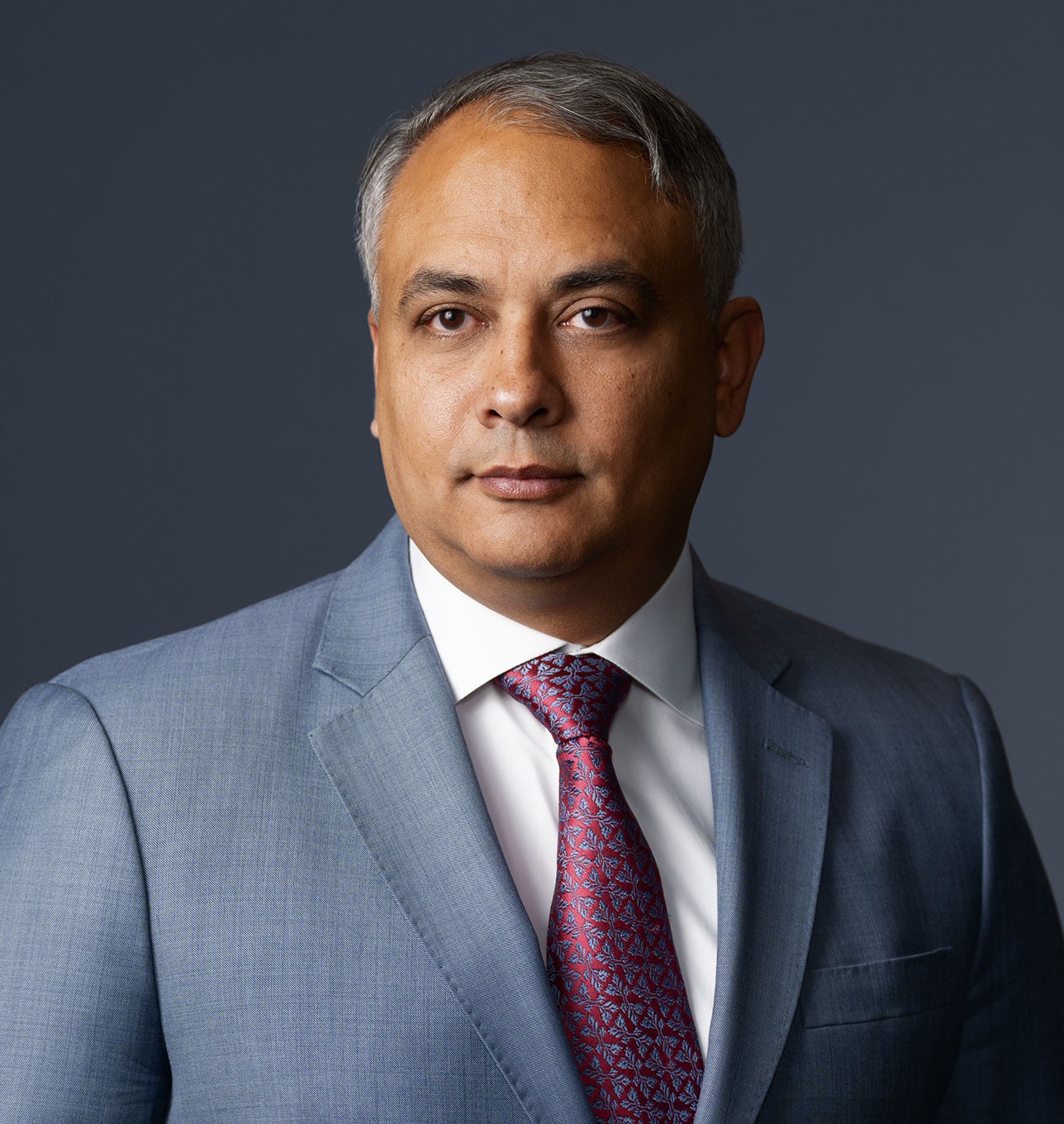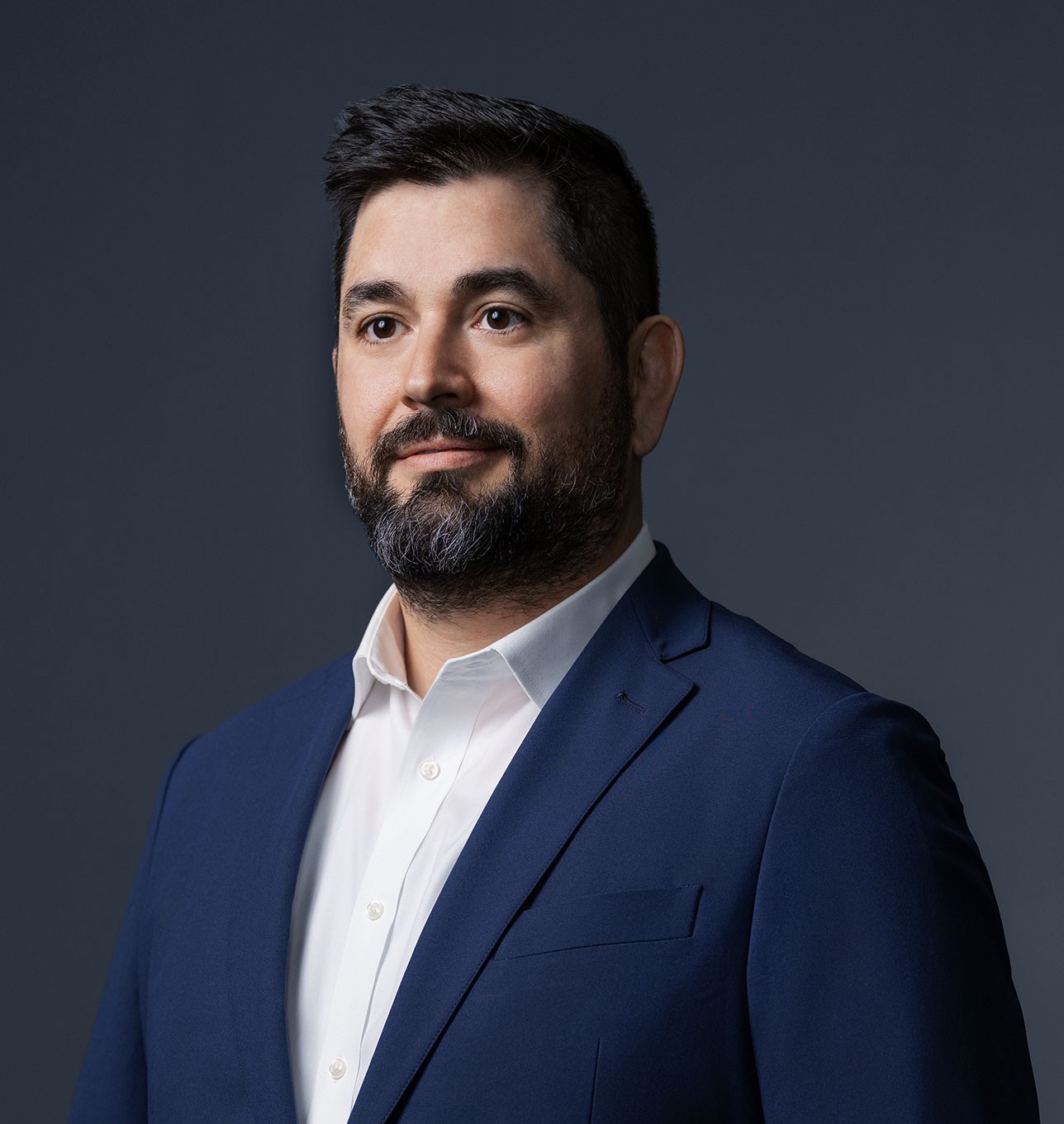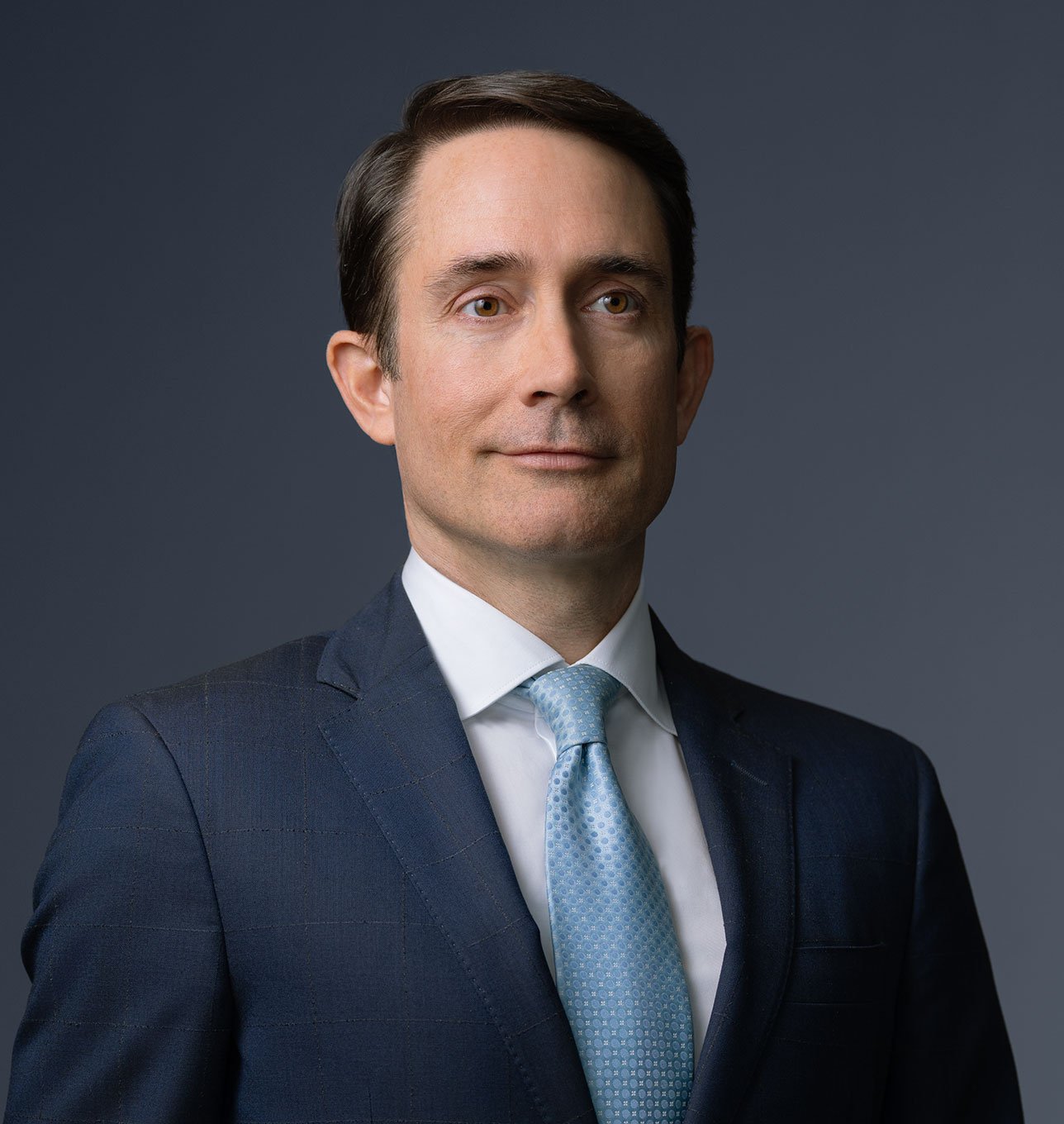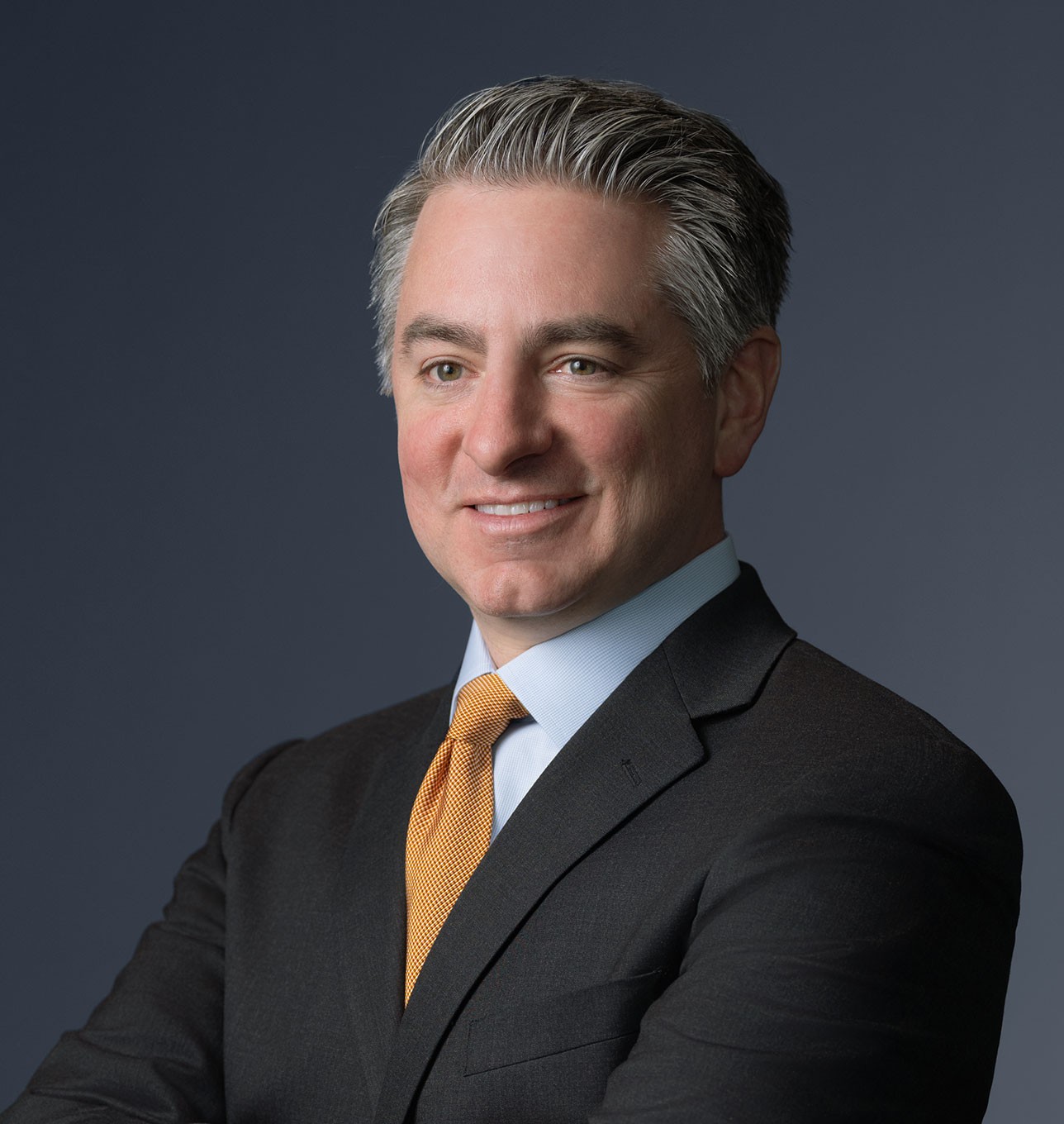An Untapped Market: Private Equity and ESOPs (Part 1 of a 3-Part Series)
Synopsis
The ESOP (Employee Stock Ownership Plan) universe is misunderstood by many and has not been heavily pursued by the private equity (PE) community due to its perceived all-or-nothing ownership structure. In fact, it is entirely possible for private equity firms to make an investment in a company alongside an ESOP in either a majority, minority or equal economic basis. The incredible appreciation of private companies over the past several decades has resulted in vast sums of capital tied up in companies wholly or partially owned by ESOPs, much of which may be considered to be stuck in neutral because, in many instances, mature ESOPs have limited access to growth capital and use their own free cash flow to fund repurchase obligations. Yes, ESOPs are subject to regulation and require some education in order for private equity firms to successfully invest in an ESOP-owned company. However, they also represent a huge opportunity for PE sponsors to broaden their investment universe and take advantage of superior investment opportunities with some very high-quality companies that can benefit greatly from a growth-oriented investment partner. In addition to the sheer number of potential acquisition targets, ESOPs have many attributes that are aligned with PE sponsors around employee ownership, incentive alignment, enhanced corporate culture, ESG themes, etc. (Part 2—“Private Equity and ESOPs: Does ESOP Align with ESG?”—will explore how private equity can realize ESG benefits from investing alongside ESOPs.)
Investing in Established ESOPs
In certain instances, an ESOP may not be the best permanent capital structure, particularly for those companies that perform well and see significant growth in their stock price. Ironically, well-performing ESOP-owned private companies1 can face cash flow challenges as they mature. This is because a private company sponsoring an ESOP must provide its ESOP participants with an option to sell their company stock back to the company when they receive a distribution of their ESOP accounts upon retirement or other termination of employment. The better the company performs, the greater the company’s repurchase obligation (RO) becomes. The cash flow drain from ROs arising from employee retirements may therefore constrain liquidity, growth and capital investment. Think about the math: any private company that experiences significant growth and whose stock is valued at a reasonable multiple will have trouble generating enough cash flow to meet all corporate objectives AND buyback approximately 8-12 percent of its stock annually. These hurdles can prevent a company from remaining competitive in the marketplace over the long term. As a result, mature ESOPs are often forced to explore strategic alternatives, including a sale of the company. In many cases, mature ESOP-owned companies simply sell the entire business to fix the capital structure issue, resulting in a “payout” of stock in cash that can’t be touched without penalty until participants reach age 59 1/2. This source of capital effectively also becomes stuck in neutral for participants (rolled over to an IRA), which otherwise could provide a material portion of the capital required to acquire control and provide growth capital for an ESOP. While it is true that the conversion of stock to cash effectively “de-risks” the employees and allows for diversification, it also limits their upside and ability to continue to invest in the company (thereby also reducing the benefits of an ESOP many companies see with broad-based employee ownership). For employees who are given the option to roll over a portion of their equity into a leveraged buyout (LBO) led by a private equity firm, the opportunity for value creation is significant and likely can’t be replicated through an IRA. The employees can still receive partial cash for their private company stock, achieve de-risking /diversification and play for the upside by making an elective rollover into the PE -backed LBO. This provides absolute alignment of incentives among the private equity buyer and the employees of the firm.
But let’s not get ahead of ourselves. The success of any transaction with an ESOP-owned company is grounded in the preparatory work by the transaction parties and their advisors to find the optimal transaction structure. As with any sale transaction, a potential transaction must be diligently vetted by the company’s board of directors. In addition, as one and often the only shareholder of the company and as a fiduciary subject to the fiduciary standards for trustees under ERISA, the ESOP’s trustee will review and approve the transaction
The blessing and the curse of transactions with ESOP-owned companies is that no one size fits all. Fortunately, there is a considerable amount of flexibility in structuring the optimal transaction for all constituents. If structured properly, a transaction with an ESOP-owned company in which the ESOP participants continue as shareholders post-transaction can address key investment criteria: minimize the private equity sponsor’s equity check, continue the employee culture and ownership model and maintain shareholder alignment. As it relates to the legacy ESOP itself, there are two primary pathways to consider:
(i) Keep the ESOP in place: Structure a rollover by the ESOP (i.e., total deal consideration offered is a mix of cash and rollover stock or a primary offering of stock to raise capital to support growth/M&A). Going forward, all ESOP activities remain: annual ESOP retirement contributions, ROs, stock valuations, etc. In this case, participants’ capital remains “locked-up” in a retirement account until retirement age (as defined by the plan but no later than age 65). The private equity capital would come in alongside the ESOP plan (this approach is typically used for minority investments by private equity firms utilizing a preferred equity structure).
(ii) “Freeze” the ESOP: Structure a rollover by the ESOP, but terminate the plan concurrent with the transaction and replace with a new (non-ESOP) retirement plan to facilitate the equity rollover. This is sometimes the preferred option as it can mitigate repurchase obligations significantly and thereby enhance the debt capital availability needed to fund the LBO. The rolled equity consideration can sit in a company stock fund, and no new shares are issued to the former ESOP participants. However, participants continue to enjoy the stock price appreciation as shareholder alignment remains across the employee base. The target company can also establish an internal trading market among the new company stock fund and 401(k) participants.
In summary, we believe the private equity community can access a large pool of private companies in need of first institutional capital, providing benefits for both the ESOP-owned company and PE investors. The trick is to understand an owner’s or management team’s motivations and take the time to do some thoughtful structuring to better align value creation objectives for all stakeholders.
The team below has a strong track record with ESOP-owned companies and is well-equipped to help you think through the opportunities.
We note that each ESOP and related opportunity is different and requires significant tax and related planning. This Legal Update is not meant to provide such planning and/or advice. Please consult with necessary advisors in connection with any such transaction.
ESOP 101
An Employee Stock Ownership Plan is a tax-advantaged corporate structure that promotes broad-based employee ownership. An ESOP is an ERISA-governed retirement plan that invests primarily in the securities of its sponsoring employer (generally, the employer’s common stock). Employees become indirect stockholders of the sponsoring employer as participants in the ESOP. As a result, they become stakeholders in their employer’s success. ESOPs established by S corporations are effectively tax-exempt to the extent of their ownership percentage of the sponsoring employer’s common stock. If certain requirements are satisfied, ESOPs established by C corporations allow a stockholder selling their company stock to the ESOP to defer taxation on any gain realized from the sale. ESOPs were first established in the mid-1950s, and with the enactment of ERISA in 1974, ESOPs have a well-established legal framework and significant structural flexibility. There are over 6,500 ESOPs in the United States.
Additional Authors
Macquarie Capital
Mark Buchanan (Managing Director)
mark.buchanan@macquarie.com
(312) 802-3392
Mark Padjen (Senior Vice President)
mark.padjen@macquarie.com
(312) 402-7926
1 “ESOP-owned companies” refers to companies that can be wholly or partially owned by an ESOP.






